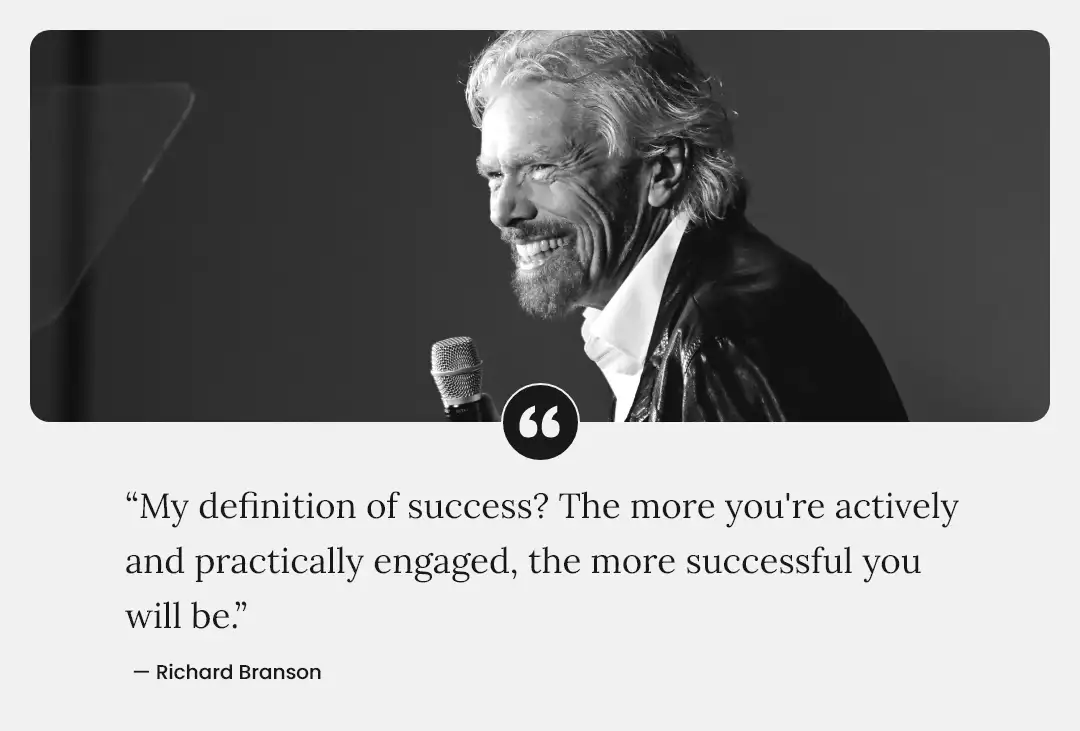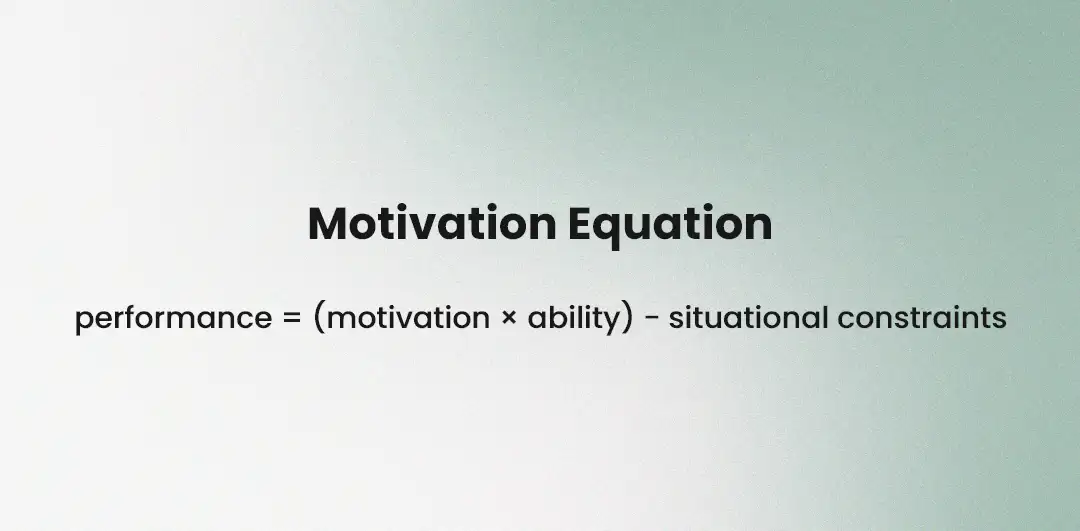What You Might Have Missed from DecisionWise
- Our annual all-hands company meeting was complete with TopGolf and fajitas!
- DecisionWise CEO, Tracy Maylett, was quoted in a NYTimes article this month,
- These are 8 things you need to understand about your company culture.
- How stressful is your HR job compared to others? Check out this chart to see how it compares.
- Find out how many people are happy with the amount of autonomy they have in their job in this post.
- Executives come to us because they want to measure their company culture, but that’s not always what they really want.
- This is the culture dream team! Which player are you?
- Here are 8 steps to becoming a better manager.
- DecisionWise President, Matthew Wride, was published in this Fast Company article.
- WESTconsin Credit Union is doing something right. Here’s how we know.
- We asked AI to create the perfect employee experience. How do you think it did?
- Here’s how employee motivation drives performance and engagement.
Featured Discussion
Introduction
In today’s competitive workplaces, employee performance is essential for success. But what drives performance? And how can leaders create a culture where their team members are motivated to excel?
The Motivation Equation is a simple yet powerful formula that reveals the three essential elements of performance: motivation, ability, and situational constraints. In this article, we’ll explore each of these elements in detail, and we’ll share real-world examples of how leaders have used the Motivation Equation to create high-performing teams.
By the end of this article, you’ll have a deeper understanding of what motivates your team members, and you’ll be equipped with the tools you need to create a culture of success.
Defining the Motivation Equation
The Motivation Equation is the cornerstone of employee success, combining three vital elements that shape performance:
Motivation: The Heartbeat of Success
Motivation lies at the core of every triumph. When team members are fueled by a passion for their work, connected to the company’s purpose, and empowered to make an impact, their performance soars.
Motivation comes in two flavors: intrinsic and extrinsic. Intrinsic motivation springs from within – it’s the fire that burns bright when someone loves what they do. Extrinsic motivation, on the other hand, comes from external sources, like rewards or recognition.
While extrinsic motivation can provide a temporary boost, it’s intrinsic motivation that holds the true power. When employees are personally connected to their work, and their passions align with the company’s purpose, magic happens. It’s the kind of magic that fuels relentless drive and unwavering commitment, even in the face of challenges.
Real-Life Success Story: Southwest Airlines
Take a cue from Southwest Airlines, where prioritizing employees has proved to be a successful strategy for igniting motivation in their workforce. By placing employees first in their hierarchy of priorities, followed by customers and then shareholders,
Southwest creates a ripple effect throughout the company. This approach fosters a vibrant and inclusive company culture, empowering employees to take immense pride in their roles and go above and beyond for customers. The result is outstanding customer experiences and solidifying their position as an industry leader.
Ability: Equipping for Success
Job performance requires more than just effort; employees must also possess the skills and resources to excel. As a leader, equip your team with the tools they need to succeed and instill in them the confidence to conquer challenges.
Real-Life Success Story: Netflix
Netflix prioritizes its employees’ growth and career success. They offer opportunities like mentoring and coaching programs, helping their team members become proficient, fulfilled, and engaged in their work. Investing in employee development and advancement has a positive impact on employee performance.
Situational Constraints: Overcoming Obstacles
In the world of employee motivation, there’s more to peak performance than just passion and ability. Situational constraints can throw curveballs at even the most driven individuals, hindering their progress despite their best efforts. However, we have a game-changing approach inspired by the theory of constraints used by top companies like Netflix.
Theory of Constraints
Similar to a chain being as strong as its weakest link, the theory of constraints posits that a company’s progress is limited by its bottlenecks. Identifying and eliminating these constraints is crucial for optimizing performance and achieving success.
Here’s how you can apply the theory of constraints to your workplace:
- Identify the Constraint
Conduct an audit to pinpoint the bottlenecks hindering your team’s progress. Knowing the specific challenges is the first step in managing them effectively. - Exploit and Eliminate the Constraint
Tackle the identified constraint head-on. Apply improvements to remove obstacles and optimize performance. Focus efforts primarily on the constraint to maximize productivity. - Prioritize
Address other areas that put pressure on the bottleneck. Removing additional pressures will ensure the constraint can be effectively addressed. - Elevate the Constraint
Boost the capacity of the constraint by adding necessary resources like people, money, or equipment. This newfound capacity will allow more work to flow through the constraint. - Evaluate and Check
After implementing changes, evaluate their impact on the constraint and the overall system. Keep monitoring for potential new bottlenecks and be ready to repeat the process if needed.
Empower Your Team with the Motivation Equation
As a leader, you wield the Motivation Equation to elevate your team to greatness:
- Ignite Passion: Cultivate a culture that celebrates purpose and growth. Align your team with the company’s mission, and watch their motivation ignite like wildfire.
- Supercharge Skills: Invest in your team’s development. Provide training and resources to boost their abilities and make them feel invincible.
- Conquer Challenges Together: When roadblocks arise, be the guiding light. Collaborate with your team to identify solutions and empower them to overcome obstacles with confidence.
Conclusion
The Motivation Equation is a powerful tool that can help you lead your team to success. By understanding the three essential elements of performance, you can create a culture where your team members are motivated, capable, and able to overcome challenges.
Key takeaways:
- Motivation is the foundation of performance.
- Ability is essential for performance.
- Situational constraints can limit performance.
By following the principles of the Motivation Equation, you can create a culture of success where your team members are motivated, capable, and able to overcome challenges.
What’s Happening at DecisionWise
In this webinar, we will be interviewing leaders from companies with high employee engagement scores. We will discuss their secret sauce for driving engagement, the biggest challenges they face, and the advice they have for other organizations.
Attending this session will give you the opportunity to:
- Learn from the best in the business when it comes to employee engagement
- Get advice on how to improve your own employee engagement scores
- Network with other HR professionals who are passionate about driving engagement
Sign up today to secure your spot!
This webinar qualifies for SHRM and HRCI credit!
HR News Roundup
- Too many CEOs don’t know what their workers need. Employee ‘engagement’ surveys can make the problem even worse
- Three Things Leaders Should Prioritize In A Changing Talent Landscape
- It’s a Job Seeker’s Market — Here’s Why Employers Should Think Twice About Using Surveillance Technology
- The Rise Of The Chief Workplace Experience Officer And The Employees’ Digital Experience
- Don’t just look at data; look at data about data
- Strategies for Reducing Record-Level Employee Stress – SHRM
- What makes great places to work for?
- Investing in middle managers pays off—literally
- Employees don’t fully understand performance expectations
- The Most In-Demand Employee Benefits of 2023
- How To Overcome Employee Resistance To Returning To The Office
- ‘Life is short’: Attracting top talent without breaking the bank
- 5 Factors That Make for a Great Employee Experience
- The Benefits of a Structured Employee Onboarding Process
- CEOs are Leading with Culture to Boost Employee Engagement and Bottom Line, Reveals New Data from Heidrick & Struggles






